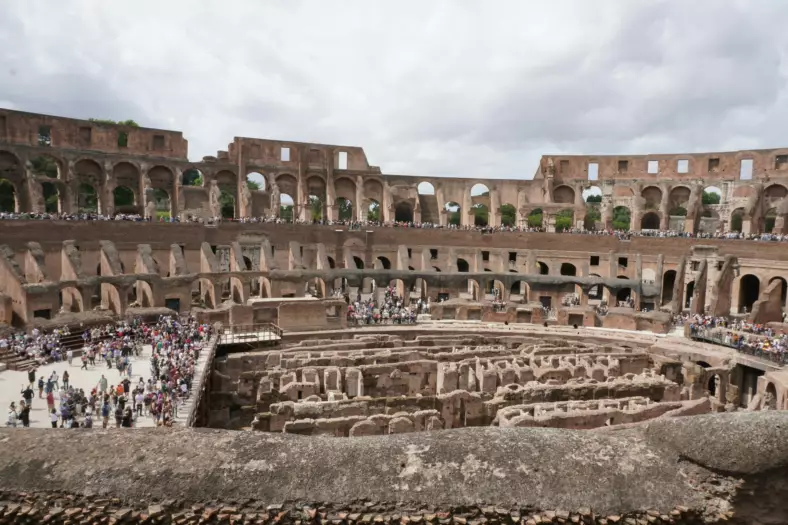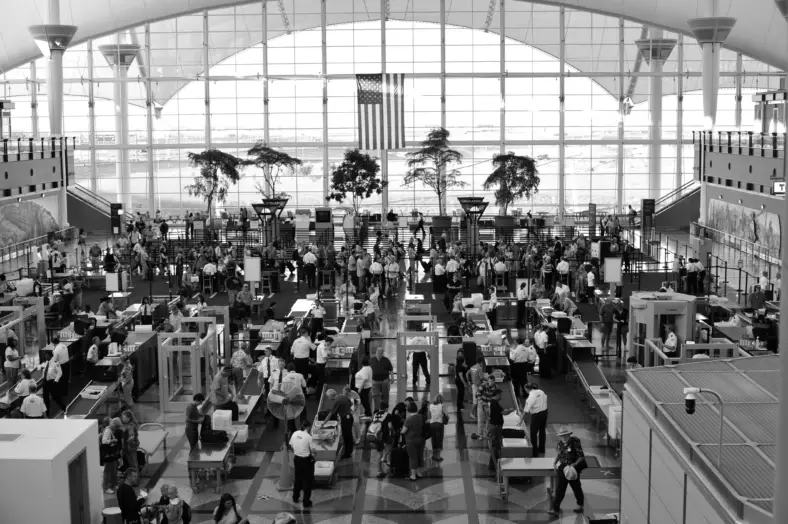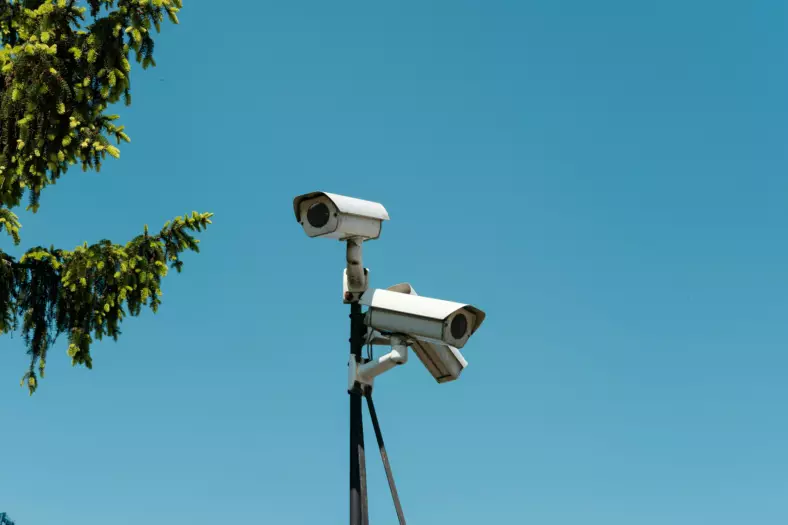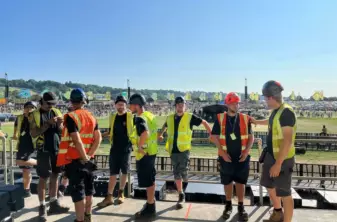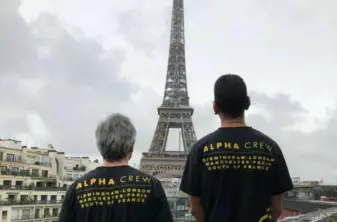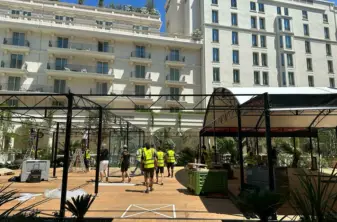The History of Event Security: How Safety Measures Have Changed
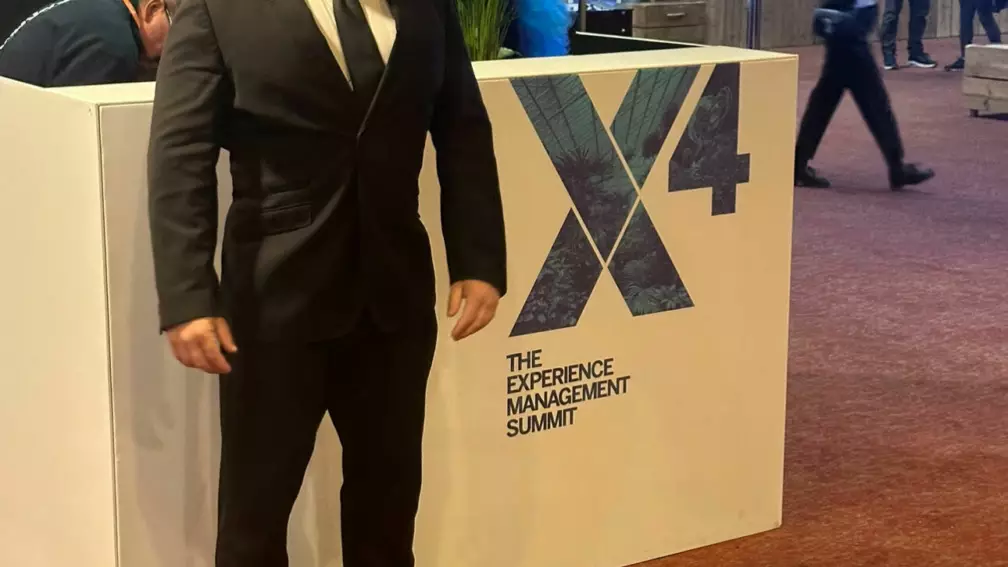
Event security has come a long way. From basic crowd control with little more than barriers and muscle, to AI surveillance, the way we keep people safe at events has evolved massively – and, sadly, often in response to tragedy.
Join us as we explore a quick breakdown of how event security has changed over the years, what has driven it forward, and where it’s heading next.
Security in Its Simplest Form
Go back far enough, and event security was about one thing: stopping people from fighting or storming the stage. Think Roman soldiers keeping an eye on the crowds at the Colosseum, or local police managing busy village events and football matches with little more than a whistle and a stern look.
There wasn’t much in terms of planning - security was mainly reactive. If something went wrong, you dealt with it in the moment.
The 60s - 80s
Festivals and mass gatherings exploded in the 60s and 70s, and it became clear that keeping people safe needed more than just a few guards.
One major turning point was the 1979 The Who concert in Cincinnati, Ohio. A rush at the doors led to 11 deaths. It shocked not only everyone involved but the wider industry, and highlighted how dangerous poor crowd management could be.
Around the same time, football stadiums in the UK were facing their own issues - with Hillsborough in 1989 marking a devastating low point. That disaster led to big changes in the UK, including the move to all-seater stadiums and more structured crowd control.
From here, we start to see the first proper safety protocols and specialist security roles emerge.
90s - 2000s
By the 90s, large-scale events were becoming more professional - and so was security.
After 9/11, the focus shifted heavily towards counter-terrorism. Bag checks, restricted vehicle access, and surveillance became standard at most events. Security teams began working more closely with police and emergency services, and proper training for crew and stewards became a necessity.
Event security was no longer just about stopping fights or managing queues - it was about risk management, planning, and prevention.
2010s - Now
Modern event security is a whole different game. Technology has changed everything.
CCTV is everywhere, with teams monitoring live footage and reacting fast.
Drones are being used to scan large areas at festivals and open-air events.
RFID wristbands and digital ticketing help track crowd numbers and entry points.
AI systems can now flag suspicious behaviour patterns.
Even social media is used to monitor threats or track potential disruptions.
Security is now about staying ahead of the risks, not just responding to them.
The Future
Looking ahead, security will likely get even more integrated and intelligent:
Facial recognition to speed up entry and spot banned individuals
Predictive analytics could help plan staffing or spot pressure points before they turn into problems
Cybersecurity will be more important too, as events rely on more connected tech
Event security has been shaped by years of trial, error, and learning the hard way. Every big change has come off the back of something going wrong – but the industry has learned from those moments. Today’s events are safer than ever, thanks to a mix of tech, training, and experience. The future’s likely to be even more connected – but the basics will always matter: smart planning, experience, and good people.
